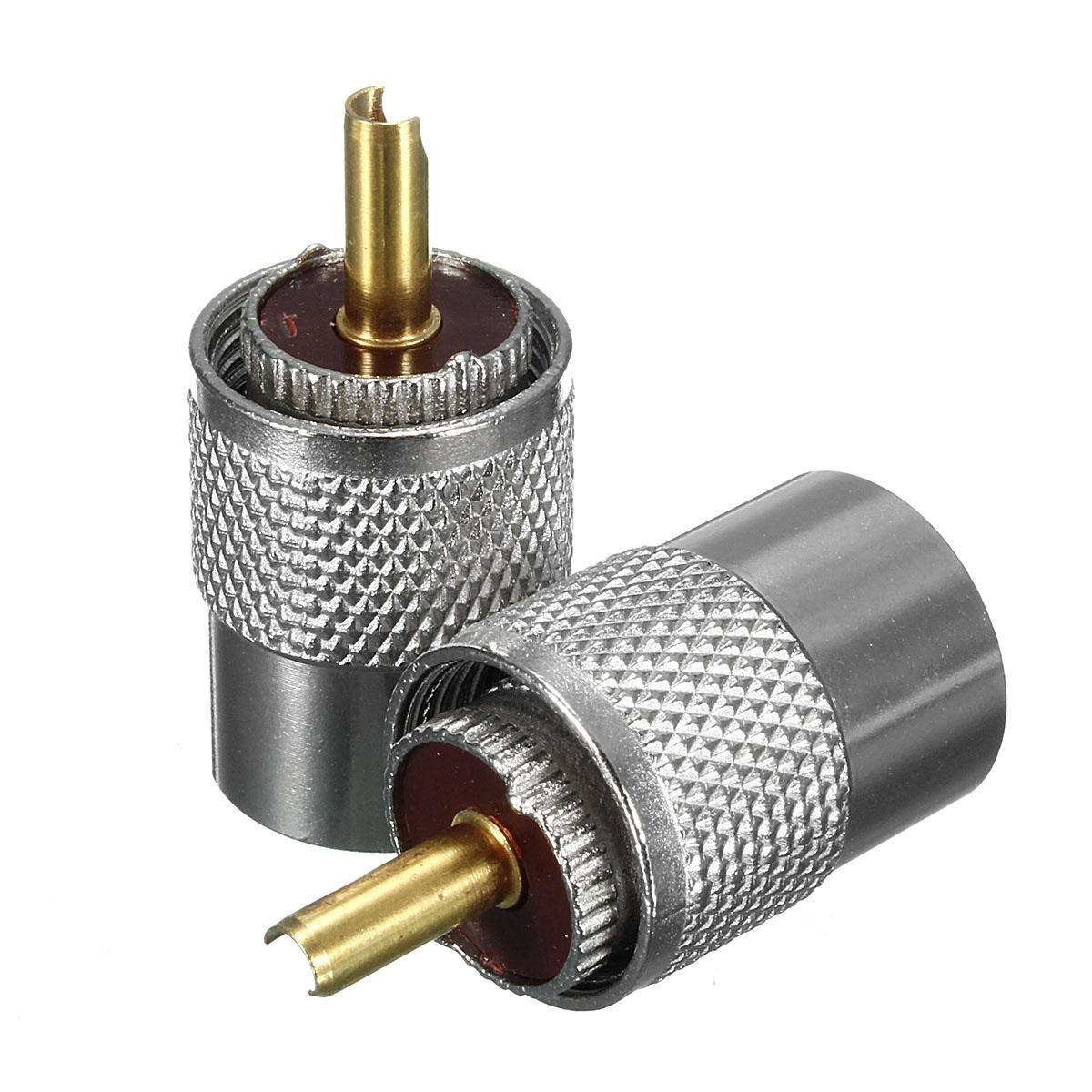

SCs are widely used snap-in connectors due to their excellent performance and only slightly higher price tag than the ST. They are a popular choice of connector for multimode networking systems, though due to being spring-loaded it is important to ensure that they are seated properly to avoid any loss. STs are spring-loaded connectors with a bayonet mount and cylindrical 2.5mm ferrule that is usually ceramic though can also be polymer. The difference is simply how the fiber is terminated and the simplex just terminates one fiber whereas the duplex is capable of terminating two of them.

To be able to transmit data you need two fibers one to send it and one to receive it and fiber-optic connectors are either simplex or duplex designs. The two are connected together by bayonet, screw-on or snap-in methods. The majority of fiber-optic connectors are ‘male connectors’ or plugs with a protruding ferrule to hold and align the fibers ready for mating with a special adaptor or jack. However there are only a few of these that are commonly used today and they are ST, SC, FC, MT-RJ and LC style fibre-optic cable connectors. If you have normally just been working with twisted pair and coaxial cable and their connectors, when you first encounter fibre-optic cable connectors you will be in for a bit of a shock as there are around 100 different types on the market. Network cabling voice jack Fibre-Optic Cable Connectors The BNC connector is of a similar design to the F-series with a central conductor and ferule onto the outer shield of the cable, but also has a rotating collar that is designed to securely connect to any female connector on another coaxial cable. The BNC Connector is quick but secure connect and disconnect coaxial connector and is named the Bayonet Neill–Concelman connector after its type of locking mechanism and the inventors of this connector Paul Neill and Carl Concelman. Therefore this type of connector is used for backbone applications as well as being suitable for use outside. N-Series Coaxial Connectors are very similar to the F-Series but also have a pin that is fitted over the central conductor and they are weather-proof. These connectors consist of a central protruding conductor, a ferule that is crimped onto the outer jacket of the cable and a threaded collar to ensure a solid connection. When choosing your coaxial cable connectors make sure to also take into account the width of the coax cabling that you will be using so that they fit!į-Series Coaxial Connectors are primarily used for connecting satellite and cable television or security cameras. There are three different types of coaxial cable connectors and they are the F-Series, the N-Series and the BNC coaxial connectors. Watch This Short Tutorial for Punching Down or Installing a Network Jack When terminating these connectors the wire isn’t stripped as with screw-down connections, but instead you have to force the connector in-between two facing points or blades that then pierce the plastic insulation to make a contact with the connector.
#COAXIAL CABLE CONNECTOR PATCH#
Modular connectors were originally designed for telephone wiring, though now how multiple uses and come in three different widths with position configurations of four, six and eight.īoth un-shielded and screened twisted-pair cable are also regularly used with insulation displacement connectors (IDCs) when connecting to punch-down blocks, patch panels and wall-plates.

They are normally a symmetrical shape but they can also be ‘keyed’ which basically means that they consist of a unique shape with special configuration of slots, tabs or pins. Twisted-Pair cable connectors include modular jacks and plugs and are used by both unshielded twisted pair and screened twisted pair connectors. The three types of connectors used in a structured network cabling system are twisted-pair cable connectors, coaxial cable connectors and fibre-optic cable connectors with the twisted pair still being the most commonly used today. Though some connectors can also be hermaphroditic which are able to connect to a similarly designed connector. The majority of connectors are either male or female gender the males have one or more exposed pins and the female contains holes for those male pins to insert into.

A cable connector is the component that you attach to the end of a cable so that it can plug into a port or an interface of an electronic system. When planning a structured network cabling system having enough of the type of cable that you will be using is obviously important, but also you need to make sure you have enough of the right types of cable connectors too.


 0 kommentar(er)
0 kommentar(er)
